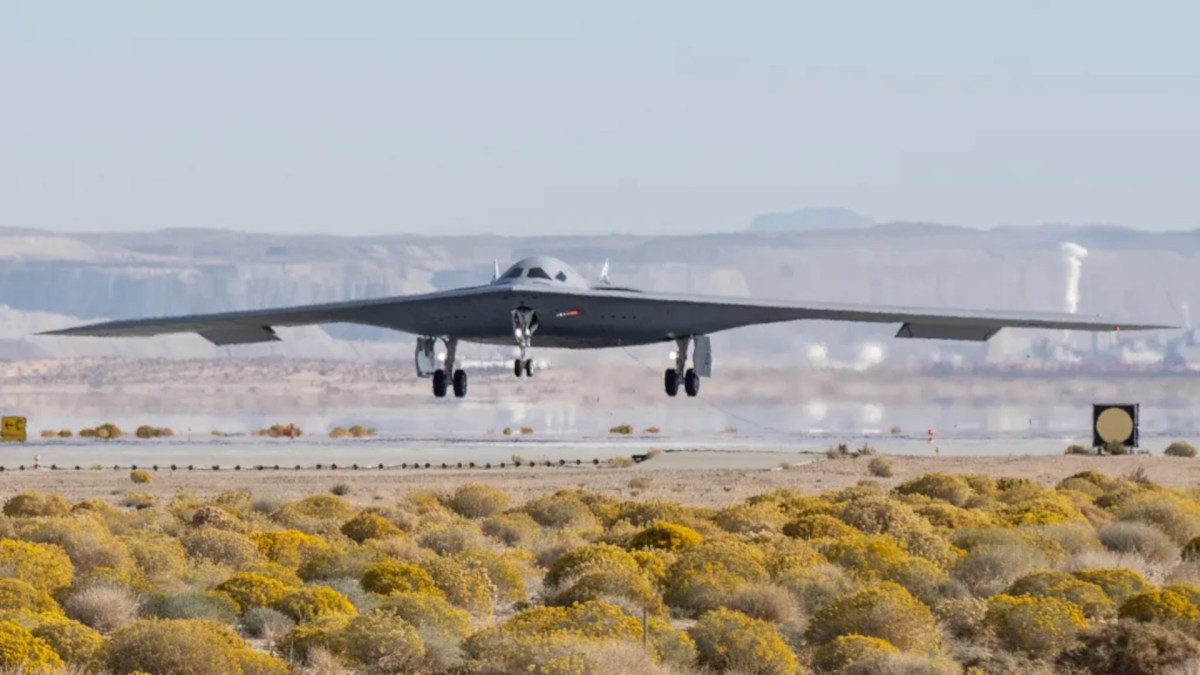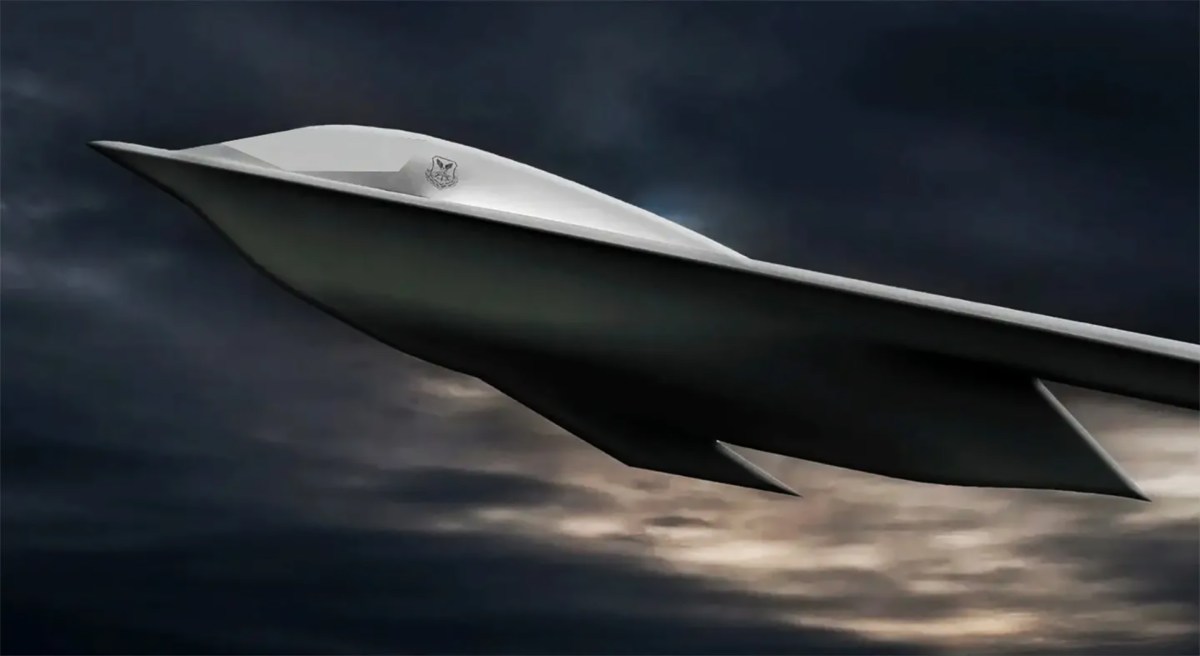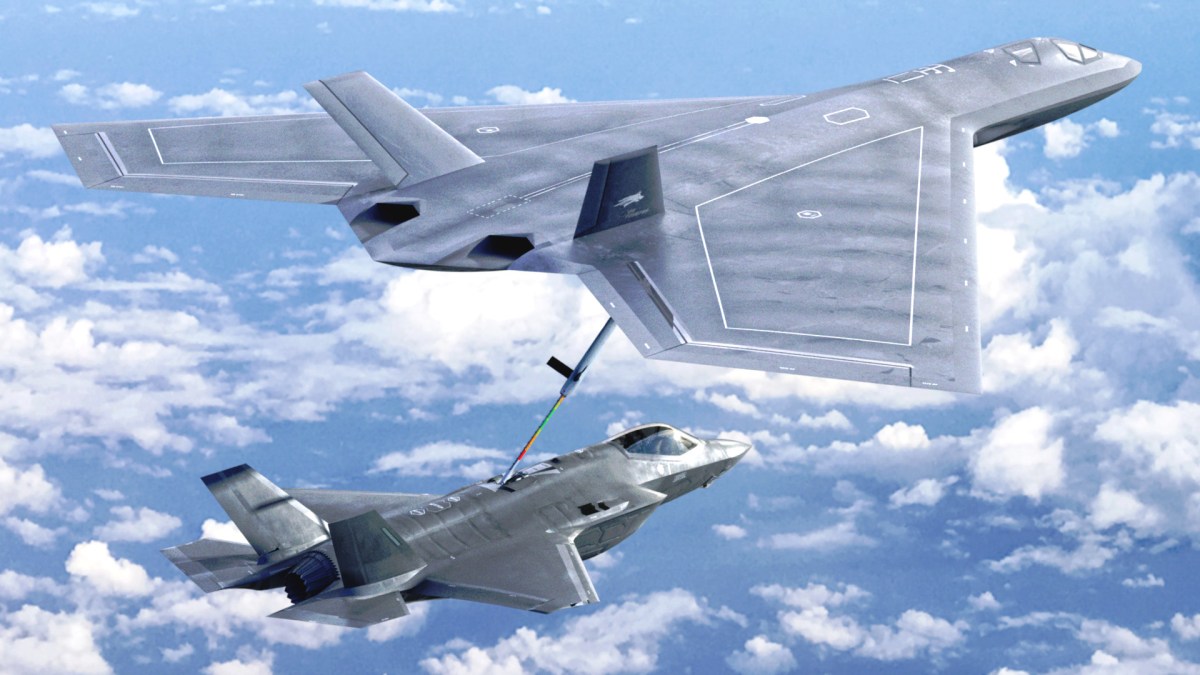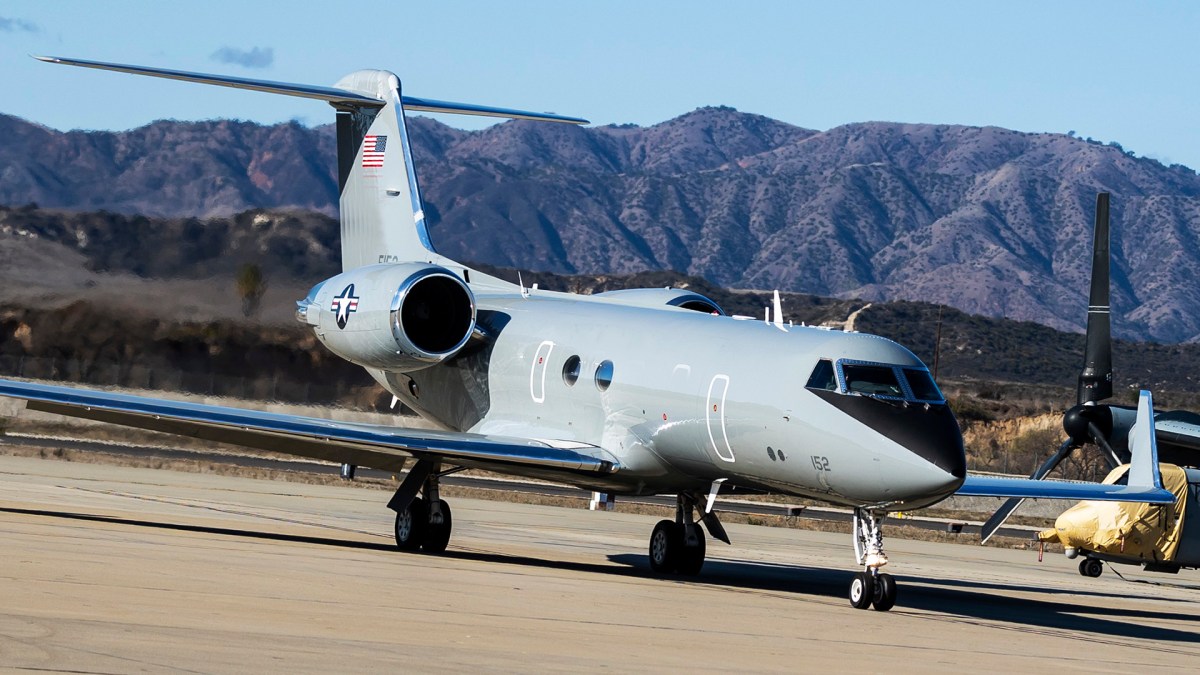Back in January when we were talking about the “J36” demonstration aircraft What I Call “BEG CHUNGUS”. In particular how it related to the range conundrum.
see my post here.
In essence at an early phase of the NGAD project the PCA with an objective 1000nm range ended up the size of the F111. For a 2000nm range it would have to be a FB21. The USAF found this concept unrealistic atleast not in the numbers and time frame. Something may still come from it down the line.
The Air Force is examining the use of a flying wing that totes dozens of air-to-air missiles to support fighter operations. The idea of an air-to-air-capable B-21 Raider has come up before, but the Air Force is now said to be looking at other options for flying-wing arsenal planes.

www.twz.com
However as they made that conclusion the Chinese dropped the J36 which seems to be built to that concept.
A regional fighter bomber requires a long well developed runway, large maintenance crew, large hangers and ultimately everything gets more expensive around it. It’s less able to do fighter maneuvering like turns and banks I am not even talking airshow stunts.
So the USAF circa 2024 and then with the release of F47 seems to have reimagined the whole thing with what appears to be a more conventional fighter sized aircraft with probably 870nm combat range and a weapons payload on par with F22 but it will require tanking. This size however means that they can operate from anywhere a fighter can including distributed fields. Interestingly the J50 demonstrator also revealed with the J36 seems to fit this latter bill.
NGAS means a rethink on what kind of tanking.
Tankers and AWACS can survive and operate in combat situations with a near peer foe but will only be able to do so if they stand off. As aircraft like the J36 and long range air to air missiles are designed to kill such platforms. To make up for this other concepts have to be looked at to bring the fuel from the tanker to the plane before penetration.
like possible VLO tankers
Proceeding with the F-47 will impact tanker needs and there have been questions about whether the USAF can even afford to buy both aircraft.

www.twz.com
Or smaller tankers based off common platforms that could operate with EW support to tank before entering contested airspace.
Smaller business jet-derived tankers offer many advantages, but the amount of fuel they have to offload isn't one of them.

www.twz.com
Now yes in theory CCA can onboard some sensors. However the CCA we are seeing are small. The airframe generally maxing at maybe 2-4 missiles powered by very small cheap subsonic engines like the Williams International FJ33. An Engine normally used on 4-6 person biz jets often in pairs. This means that the fuselage is very narrow meaning the radar is also going to be Small. Like as small as the electo optic turret on a helicopter small. This will limit their power individually but if they are networked they in concert with AI and other assets can mosaic together an image.
All of which means the System of Systems is still the model. It’s just the mix of systems that is at play.
What is Sixth generation though? Despite what some might think, it’s more evolution from the digital age beyond the cloud age and into the AI age. The suspicion is these.
- These are aircraft designed and tested virtually before testing. Something that they had tried on F35 but didn’t succeed in.
- They will feature cyber warfare capabilities that previous generations of fighter designers never dreamed of. This is especially important as they are going to be both manned and unmanned and partnered with unmanned aircraft that are not operating as drone puppets but in concert by AI agents. It’s not just defensive but offensive too. It will attack across the EM spectrum.
A whole new interface well you are at it augmented reality like the Coffin system from Ace combat games. An evolution where the pilot see “through” the aircraft is already on F35. This would be beyond that. We are going full Ghost in the Shell here.
- New hardware with less aerobatics and more endurance based. Snipers not knife fighting. Using new generations of long range weapons.
- Star Trek levels of sensors. IR, UV, X band passive and active with countermeasures across the EM spectrum. A full DIRCM suite, EW warfare possible laser defense capabilities.
- Long endurance running not short sprints. Extending combat range to around 900nm. they are likely to be larger and more streamlined for reduced drag. They will require a whole new generation of engines to power them and sip fuel like a Prius.
- Next Generation Stealth across all aspects. With Ceramic coatings. Modern stealth is polymer based which leads to deterioration next generation is going to be more resistant to weathering and corrosion. F35’s mirror finish is supposed to be related to that. The airframe itself will have a reduced surfaces.
I say all this yet it’s still not here. The Chinese J36 and J50 are as far as can be determined yet the guts of a J20 repackaged. Those are demonstration aircraft without mission capability. The YF47A is being built and will likely have most of this in prototype but it will take successive iterations to reach mission ready. For existing Fifth generation systems elements of this may be added with obvious exceptions. The F35 is expected to remain in service until the edge of the 22nd century.




